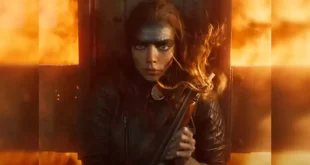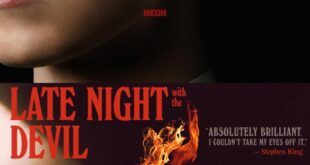Robert Altman’s The Long Goodbye immediately establishes the mood and tone of the picture perfectly. It’s a classic Altman sequence that refuses to rush things as we enter this world of updated Raymond Chandler for the 1970s. Elliott Gould’s Philip Marlowe is awoken by his cat at 3 in the morning hungry. Marlowe gets up, discovers he has no more cat food, then proceeds on a journey to find the particular brand of cat food. It sounds simple enough, but it is a masterclass in visual storytelling. It sets the tone for the rest of the film, introducing us to Marlowe’s world of crime, corruption, and danger. It also establishes the film’s unique blend of humor and darkness. Marlowe’s deadpan reaction to the violent events around him sets the stage for its quirky and unconventional approach to the crime genre.
That’s the most substantial aspect of The Long Goodbye, its irregular mundanity. Altman can make even the littlest aspects of life enjoyable, like going to the supermarket to find cat food. A lot of the film feels outside the real world, but the acts performed aren’t outside the norm. It finds irregularity within regularity and regularity with abnormality. That’s how I could also best describe Robert Altman, irregular within a regular world. Altman was known for using ensemble casts, overlapping dialogue, and non-linear narratives, creating a unique and often unconventional storytelling style. His films often explored themes of American society, including politics, class, and gender. He was known for his willingness to challenge conventional cinematic techniques and push boundaries in his work.
The movie follows private investigator Philip Marlowe (Elliott Gould) as he investigates the case of his friend Terry Lennox (Jim Bouton), who has been accused of murdering his wealthy wife. The film is set in Los Angeles in the 1970s and features Marlowe navigating a complex web of deceit, corruption, and danger as he tries to clear Lennox’s name. Along the way, Marlowe encounters a range of colorful and eccentric characters, including a drunken writer (Sterling Hayden), a sadistic gangster (Mark Rydell), and Lennox’s ex-wife (Nina Van Pallandt). As Marlowe delves deeper into the case, he uncovers a range of secrets and lies, including evidence that suggests Lennox may have been involved in a larger conspiracy. Despite the risks, Marlowe remains determined to uncover the truth and clear his friend’s name.
The film’s plot is full of twists and turns, with Marlowe facing numerous obstacles and setbacks. Despite the challenges, Marlowe remains tenacious and resourceful, using his wit and intuition to unravel the case and bring the true culprits to justice. In addition to its intricate plot, The Long Goodbye is known for its unconventional style and tone. Altman employs various experimental techniques to create a dreamlike atmosphere that perfectly captures the mood of Chandler’s novel. The film’s quirky humor and offbeat soundtrack add to its unique appeal, making it a standout entry in the film noir genre.
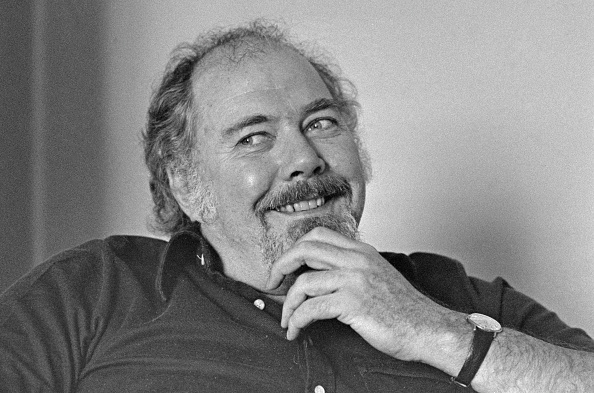
Gould’s performance as Marlowe is nothing short of mesmerizing. He imbues the character with a wry sense of humor and sharp wit that perfectly captures the essence of Chandler’s iconic detective. Gould’s interpretation of Marlowe is original and refreshing, adding a new dimension to the character that is unique to this film. In addition to Gould’s performance, the film features an outstanding supporting cast, including Sterling Hayden as a washed-up writer and Mark Rydell as a brutal gangster. The supporting cast’s performances are just as strong as Gould’s, with each actor delivering a nuanced and complex portrayal of their character.
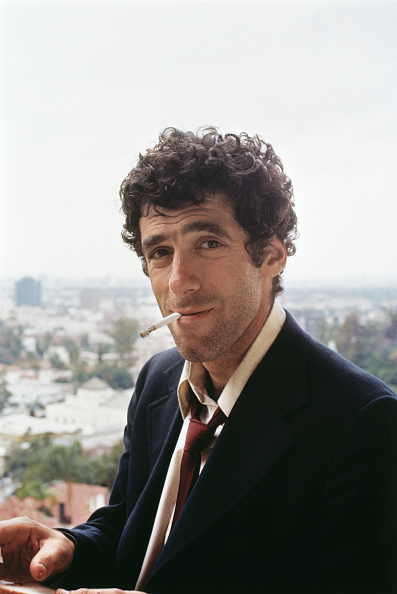
Despite its departure from the traditional film noir formula, The Long Goodbye remains a faithful adaptation of Chandler’s novel. The film captures the author’s unique blend of hard-boiled crime fiction and social commentary, and its final scenes are as poignant and satisfying as those of the original book. For those who admire film noir, you’ll likely engage with the offbeat humor, like Gould’s Marlowe still driving a car from the 1940s in 1970s hippie LA. The way Altman goes about filming The Long Goodbye is unique as well. Like most of his films, you’re lulled into the bizarre world he creates. I mostly respond to it because it’s ultimately about a lonely man who feels no kinship with the world around him. A layer of pathos underneath creeps up on you with each repeated viewing.
**** out of ****
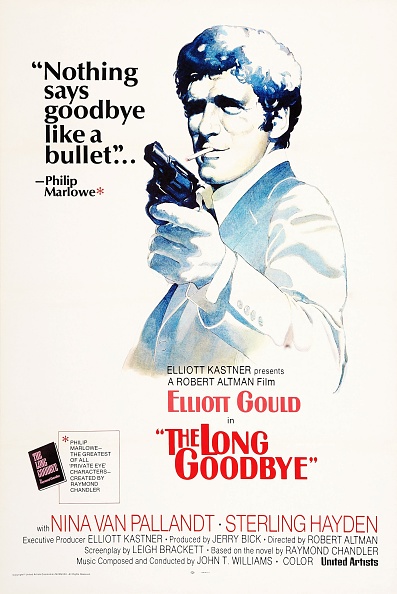
 Movie Finatics The Place for Movie Lovers
Movie Finatics The Place for Movie Lovers

